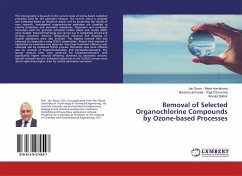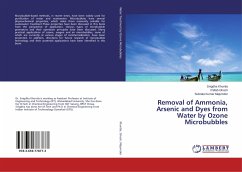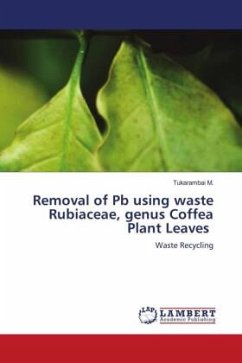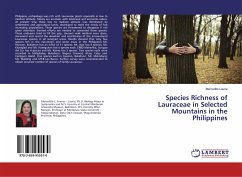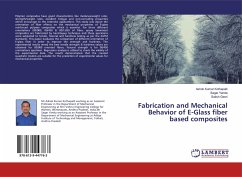The monography is focused on the current state of ozone-based oxidation processes used for the pesticides removal. The current status is analysed and evaluated based on literature search and by presenting the results of own research. Investigated organochlorine pesticides are classified as priority hazardous and persistent substances. Ozonation and combined ozonation with UV, granular activated carbon (GAC) and zeolite (ZEO) were studied. Experimental study was carried out in completely stirred and jet-loop ozonation reactors. Temperature influence and stripping of volatile substances were also involved. The highest removal rate was observed for heptachlor using O3/UV combination. Almost total removal of heptachlor by ozonation was observed. Very close treatment efficiency was observed also by combined O3/UV process. Ozonation was more efficient also for removal of hexachlorobutadien and pentachlorobenzene. The lowest removal rates were observed for hexachlorobenzene with significantly higher removal efficiency observed by ozonation process. Specific removal rates for individual substances in the O3/GAC process were about eight times higher than for zeolite adsorptive ozonation.
Hinweis: Dieser Artikel kann nur an eine deutsche Lieferadresse ausgeliefert werden.
Hinweis: Dieser Artikel kann nur an eine deutsche Lieferadresse ausgeliefert werden.

